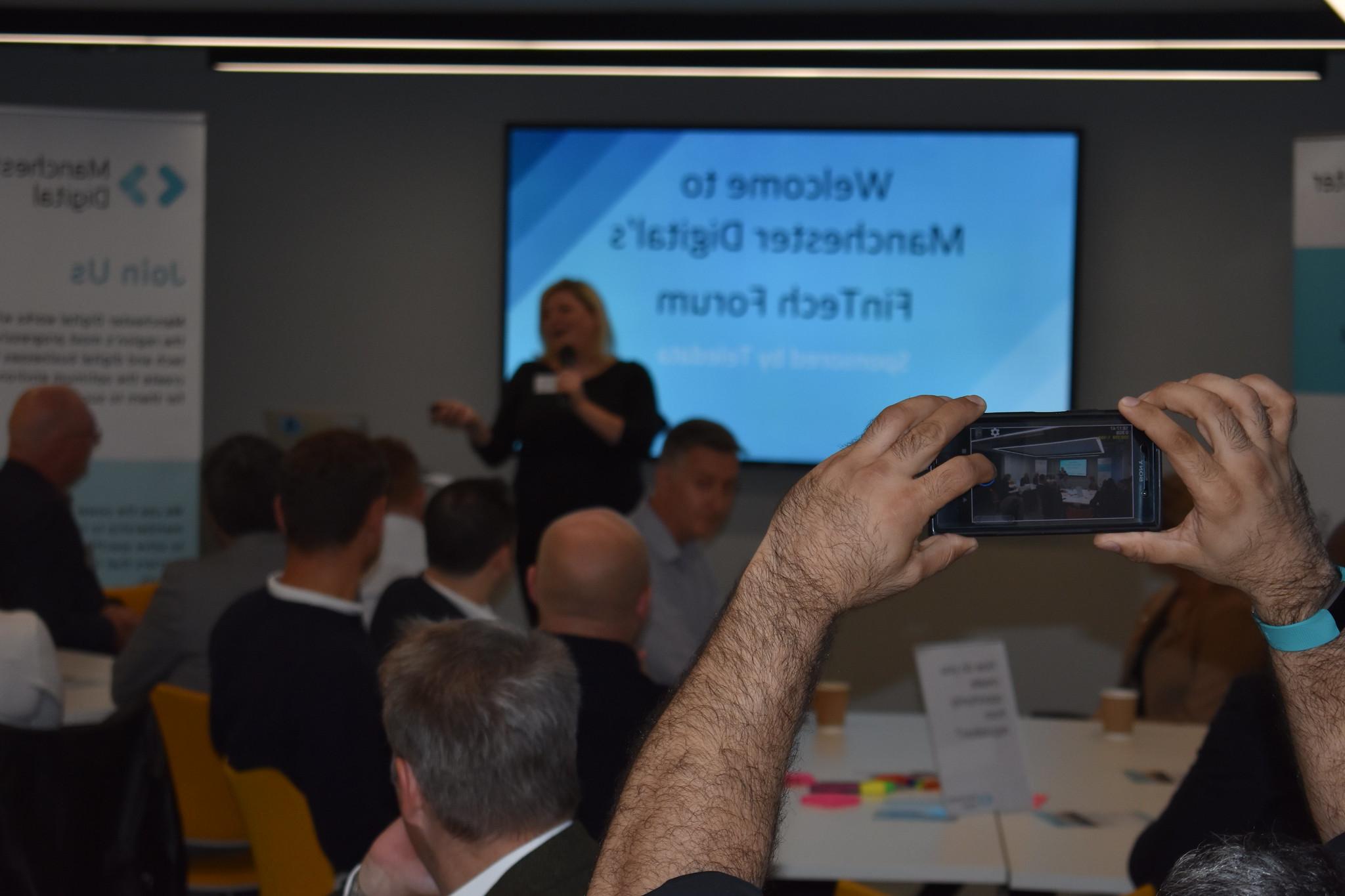
When I was in my early twenties I applied for a small personal loan but I was denied due to a poor credit score. When I enquired, the credit scoring agency said my lack of history was the reason. It was frustrating that my lack of debt history, not my monthly income and healthy bank balance, was the deciding factor.
I was excited when peer-to-peer (P2P) lending emerged in the mid-2000s, as I could see that it had the potential to escape the rigid credit score system and allow many more people access to credit. Early critics said P2P would be too susceptible to fraud without an intermediary carrying out due diligence. Granted, there have been some issues, but it is now a proven system, with yearly P2P payments exceeding $1tn, and the revenue from these loans expected to grow to almost $900bn by 2024.
To achieve this growth P2P lenders have had to go after the more “risky” customers – as far as a credit score would determine, but, crucially, not more risky in terms of likelihood to default. It is interesting how some P2P lenders are using Artificial Intelligence and Machine Learning (AI-ML) to help better understand risk and build successful loan businesses in the process.
What can banks learn from P2P AI-ML applications?
P2P lender Upstart claims that AI-ML has helped them reduce fraud, unlock new viable lending opportunities that traditional lenders have overlooked, and automate the loan approval process for a better customer experience at lower cost.
P2P lenders like Upstart would argue that banks rely too heavily on an individual’s credit score. In comparison, they have to gather as much data as possible on the loan applicant (e.g. education, employment history, how they interact with the application) before applying AI-ML techniques to analyse the data to accurately model risk and make smarter lending decisions. Their model is constantly learning by observing the performance of the loans to inform the price of the next loan. AI-ML is also used to detect fraud and automate 60% of all applications. While doing this they’ve achieved 75% fewer defaults compared to large banks with the same approval rate.
Banks already have most of this data, sometimes more, so what’s preventing the adoption of AI-ML to unlock these opportunities?
Banks have rigid risk practices, and for good reasons. AI-ML will bring new insights to credit risk teams. How they are able to adapt and respond will be key. This will require careful education on how credit risk practices are changing from the board level, right down to the credit risk operator. Who leads and drives these changes is often unclear. And it is through that foggy sea of uncertainty that banks struggle to adapt to these changes in a quick and agile manner.
There is also a fear that regulators might view this as a weakening in the bank’s safeguard against financial crime.
Whilst we’re finding that regulators are understandably cautious about new technologies, they clearly recognise AI-ML as a means to improve access to credit and fight financial crime. P2P lenders have been demonstrating that appropriate safeguards can be applied to their lending techniques, resulting in their approval to continue down this path.
How can banks safely accelerate the adoption of AI-ML into the loan application process?
For those in the bank that recognise the value of having AI-ML insights applied to the loan approval process they’ve encountered challenges: from getting the data into the cloud, to applying the insights to their loan approval process.
Rather than build their own AI-ML loan models, some smaller banks are using the P2P provider’s “lending-as-a-service” platforms. However, Tier 1 and 2 banks want to build their own platforms and make use of the huge treasure trove of data they hold on customers. An inconvenient precursor to this is implementing unified data strategies, which are no small undertakings. Banks should prioritise their data lineage projects so that they can identify and effectively process the plethora of data points that can be integrated into the loan decision process.
I am proud of what P2P lenders are trying to achieve through their application of AI-ML. I am confident that banks can enjoy these benefits, and possibly more, when they implement AI-ML in their lending businesses. It’s no surprise that this needs to go far broader than the lending business though. Information overload and system complexity are huge challenges. Big data has become, in a way, the problem. AI-ML is the answer. It is the only form of intelligence that can convert all that unstructured data into useful knowledge. Until AI-ML is implemented across the bank big data will remain a locked safe.









